Words: Craig Cheetham
Photography: Alfa Romeo
The Alfa Romeo 159 turns 20 this year – and like all good examples of the breed, it’s getting prettier with age.
Six headlights were nothing new for Alfa Romeo when the 159 and Brera made their debuts at the 2005 Frankfurt Motor Show – the look had first been seen on ‘Il Mostro’, or the SZ, some 17 years earlier. But it was certainly a distinctive face for the new model – styled by Giugiario’s ItalDesign after design boss Walter da Silva had left Alfa Romeo to join SEAT.
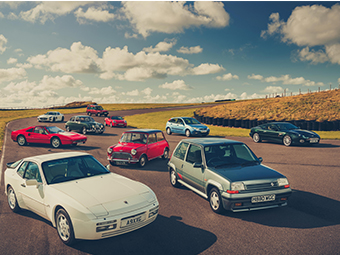
The first time anyone got to see the Italian brand’s new six-headlight front end was with the Brera concept, which was previewed as a concept at the 2002 Geneva Motor Show and looked remarkably similar to the coupé that followed.
The 159 project had begun development in 2001, following on from the success of the 156, which had lifted Alfa Romeo up to a level where it could compete with the likes of the BMW 3 Series, Mercedes C-Class, Audi A4 and the Lexus 200.
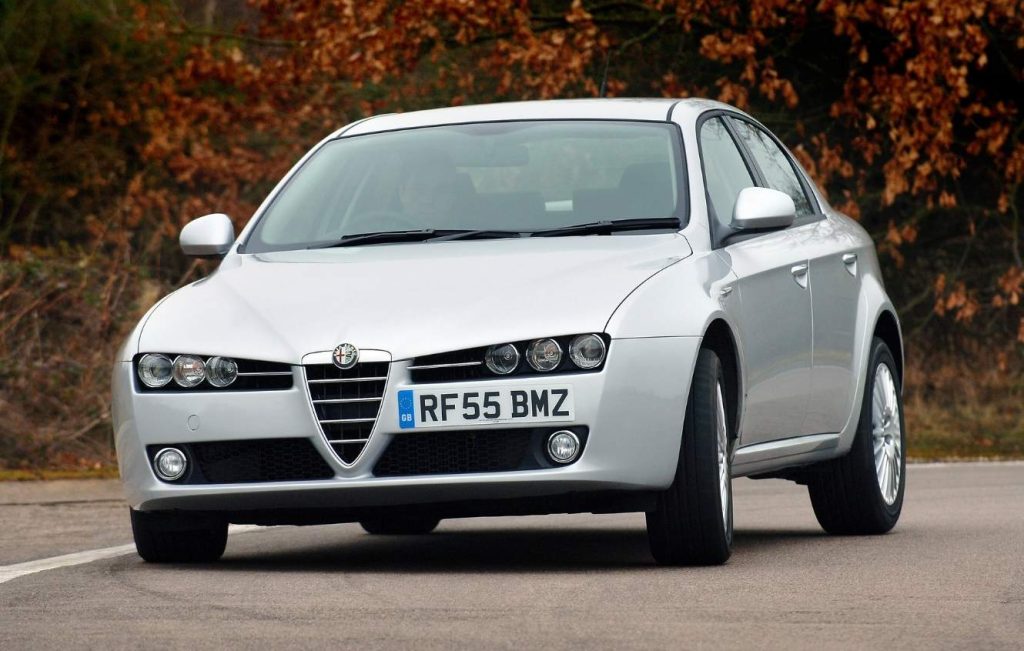
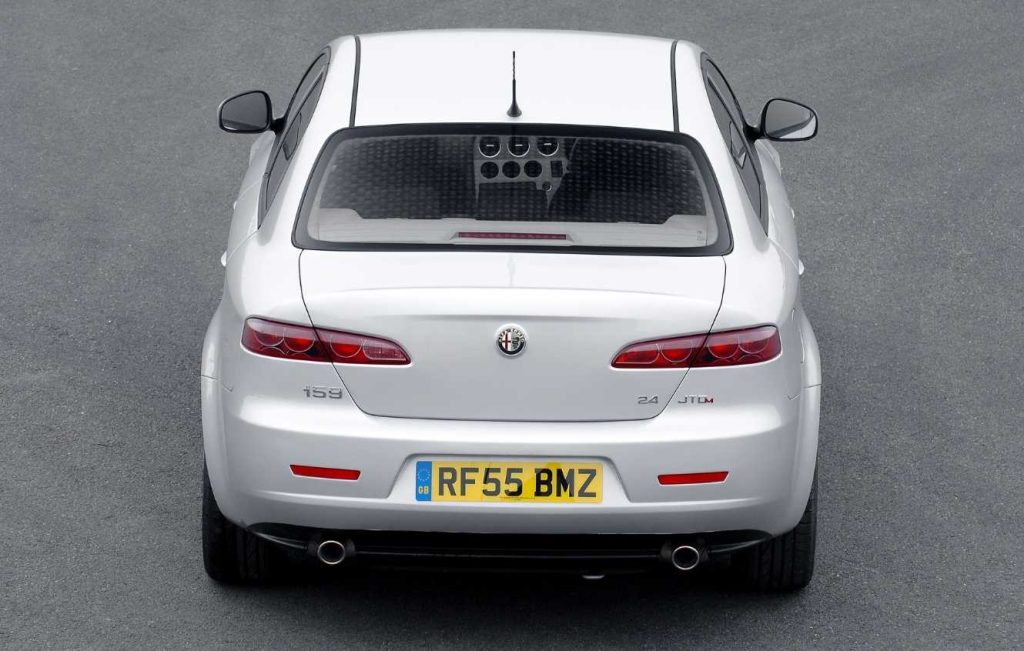
It took its name from the Alfetta 159 racing car and was based on the brand’s new ‘premium’ platform, which the company claimed to be considerably stiffer than the outgoing 156 chassis. It added in a low-ratio steering rack which, in sportier models, made the 159 more dynamic than most of its rivals.
All versions of the car were stunning to look at – the coupé Brera arguably the most so (hence the decision to preview the new look with the front-end styling), but even the standard 159 saloon and especially the Sportwagon estate were handsome brutes. Inside, the Brera used the same dash as the 159, but with a more compact rear seat area.
The 159 was bigger all-round than the 156, with a distinctive front ‘beak’ and that stunning six-lamp nose offset by creases in the wings, leading to a high shoulder line at the rear. The ‘hidden’ rear door handles disappeared, though, and were missed by some Alfisti.
Inside, meanwhile, the job was completed not by ItalDesign, but in-house by Centro Stile Alfa Romeo, with the controls centred around a sporty three-spoke steering wheel. Alfa Romeo made bold claims about the interior quality, claiming it was a match for most of the Germans, but in time this has proven not to be entirely true – you don’t get into a 2006 3 Series, for example, and find that your finger sticks to the heated rear window button. But this was an Alfa, and that means most petrolheads will make allowances. Indeed, we would, too, had we not just superglued ourselves to the car…
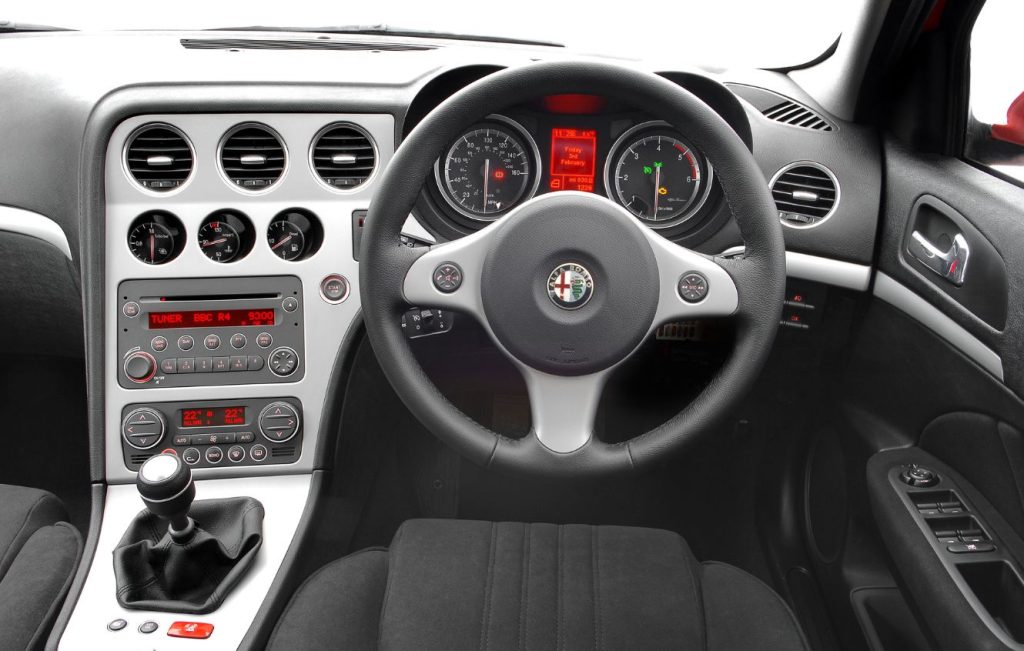
Where the 159 did excel compared with the 156 was in its interior packaging, with a much larger boot and extended rear legroom. It also managed to make the luggage bay of the estate model more capacious than the saloon, which it had failed to do with the 156. This isn’t true of the Brera, though, as in order to accommodate that sculpted, low-roof bodyshell, rear passengers were forced to take one for the team.
A range of engines was offered, the entry-level options being a 1.8 petrol or 1.9 diesel on the 159. The entry-level Brera was equipped with a 2.2-litre JTS inline-four, producing around 185bhp. For those seeking more power, there was also a wonderful 3.2-litre V6, with 260bhp, plus a quirky five-cylinder, 180bhp 2.4 JTDm diesel. They have become a bit of a mixed bag in terms of reliability, with the 2.2 and 3.2-litre engines both based on General Motors blocks (part of a collaborative arrangement known as GM-Fiat Powertrain), but with a peakier, Alfa Romeo-designed head. These used a simplex timing chain as opposed to the duplex (dual) chains that Alfa Romeo had used for the past 30 years.
This turned out to be a big mistake by Alfa and, consequently, the chains stretched. This was a significant issue, especially prevalent on the 2.2 engine, with chains lasting as little as 40,000 miles. The diesels were from Fiat and were generally very dependable, but the M32 gearbox – a GM creation – was also notoriously weak, known for its input shaft bearing failure.
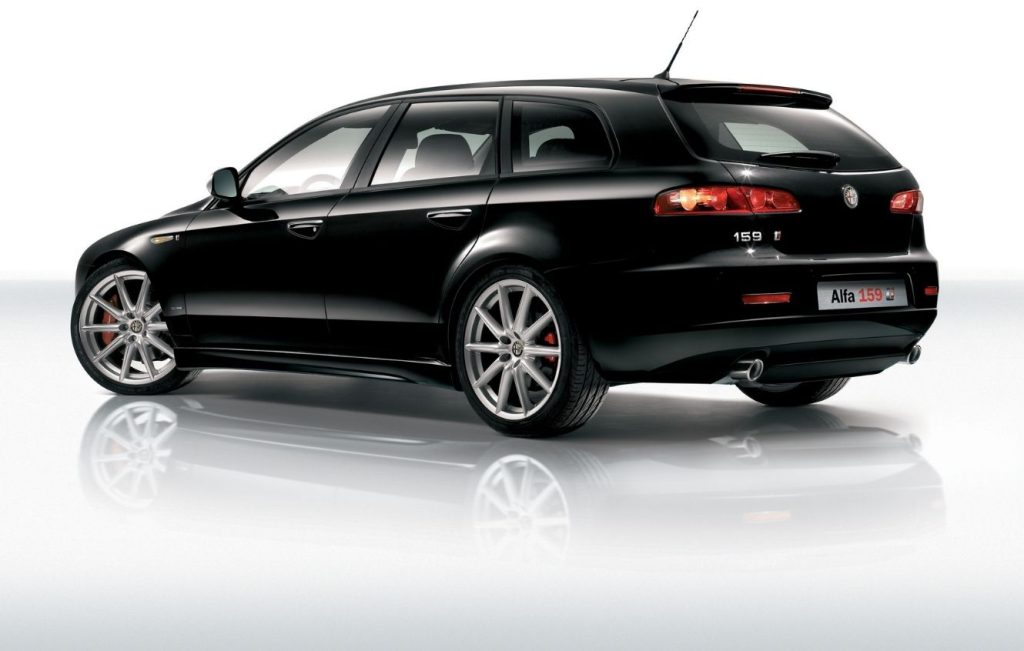
A facelift in late 2009 brought in new 1750 turbo petrol and 2.0-litre Fiat-developed diesel engines that were altogether better, meaning a car with either of these engines is much more sought after today.
In handling terms, both the 159 and Brera were extremely competent and had tenacious grip, but contemporary road testers remarked that it lacked the agility of some previous Alfa Romeos – indeed, both earlier GT coupés and the 156 saloon, based on an older Fiat Group platform, were much sharper to drive. But that’s in comparison with other Alfa Romeos. Get one side-by-side with a Mercedes-Benz C-Class or a Audi A4 of the same era and the 159 still shines like a beacon – only its additional weight makes it less engaging than a 156.
Aside from the timing chain and gearbox issues, the other thing you need to look at when buying one today is, sadly, the condition of the bodywork. While 159s and Breras don’t turn to dust like Alfas of yore, corrosion is still a significant issue. Other than blisters to the bottoms of front wings and doors, this is rarely a major issue with the upper body, but the sills and floorpans can turn grotty, often without a huge amount of prior warning as they rot from the inside out, and rear suspension arms and subframes can rot away with the worst of them. The front subframe suffers especially badly as the undertray forms a nice tray full of water which it sits in and corrodes away – indeed, many owners have removed this as a precaution.

Like all great Alfas, then, both the 159 and the Brera were flawed. But as they reach the two-decade milestone, they still look like a great choice of modern classic – their looks, alone, elevate them above the everyday rivals of its era. They’re still very decent to drive and are equipped with a soulfulness often lacking from cars of the mid-2000s onwards.
Given their age, the attrition rate right now is massive – surviving numbers are in freefall. According to howmanyleft.co.uk there were 2,649 159s taxed and registered at the start of 2025, or just a quarter of the 10,000 or so that were sold in the UK, and there’s a good chance that many of those are clinging onto life by a thread. When those numbers drop into the hundreds as they have with the 156 (801, seeing as you ask, from a much bigger 40,000-strong pool to start with), aficionados will start to take notice.
If you can find a good one – ideally a V6, with rich Italian leather, hold on to it. Cars this pretty never fail to achieve classic status.
Classic car insurance from Hagerty
Keep your classic on the road with expert classic car insurance built by car lovers, for car lovers. Rated ‘Excellent’ on TrustPilot.


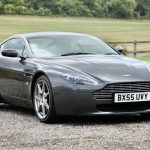

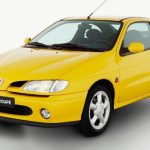


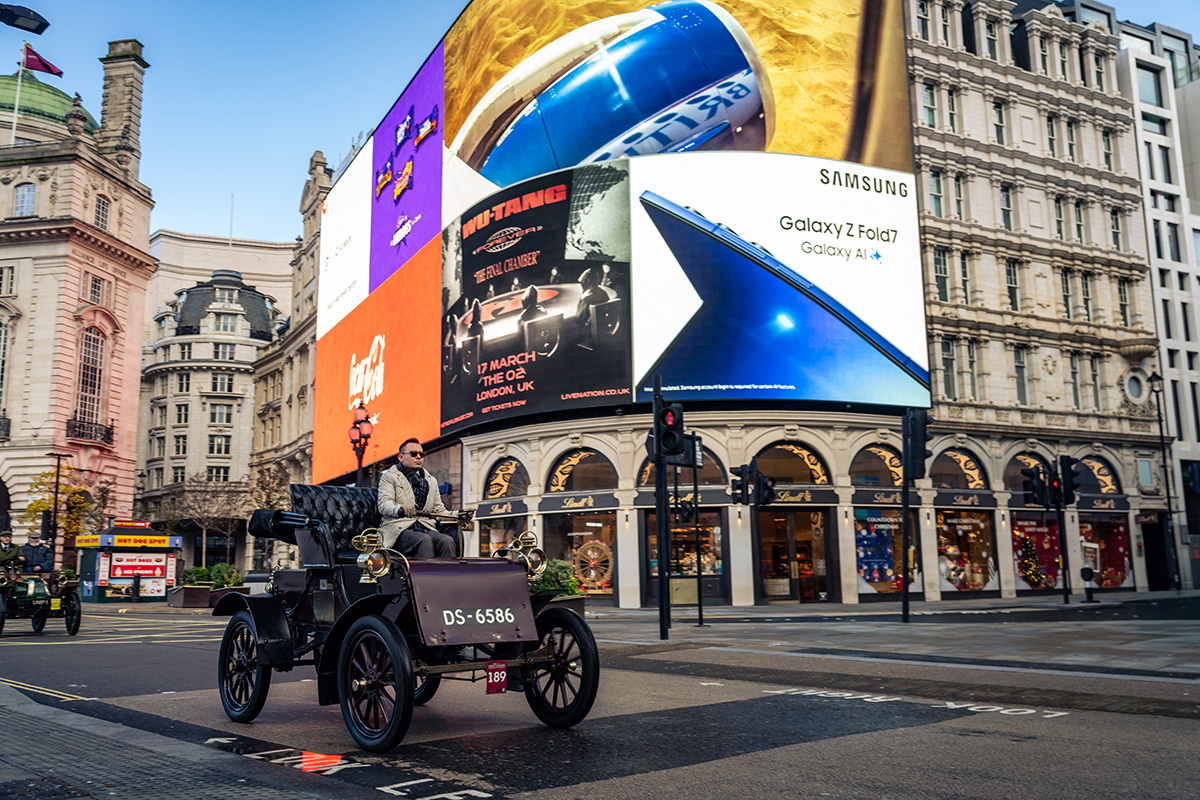

The 159 is fabulous.
The 159 Sportwagon in Ti trim is as close to the perfect looking estate as I’ve ever seen. Absolutely glorious looking cars and they’ve aged really well – when they were released they felt a bit normal after the 156, but I feel the design has stood the test of time far better.